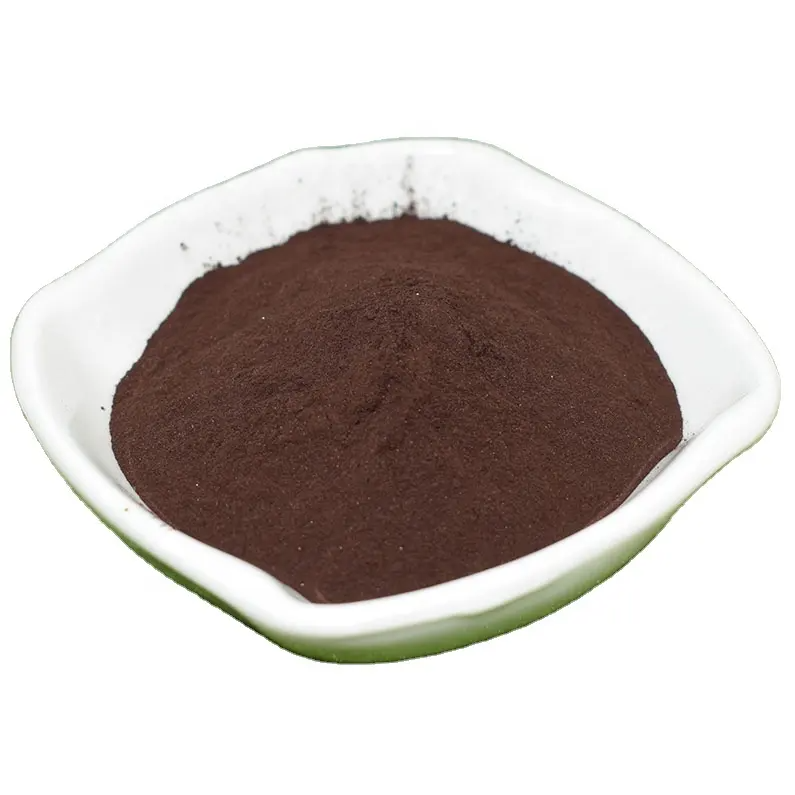
Okt . 15, 2024 11:55 Back to list
Quality Water Soluble Fertilizers Available for Purchase from Leading Manufacturers
Exploring Water Soluble Fertilizers Key to Modern Agriculture
Water soluble fertilizers (WSF) have gained prominence in modern agriculture due to their efficiency and effectiveness in delivering essential nutrients to crops. As agriculture faces the challenges of increasing food demand, soil degradation, and climate change, WSF emerges as a crucial component in promoting sustainable farming practices. This article will delve into the benefits, manufacturing processes, and market trends surrounding water soluble fertilizers, emphasizing their role in today's agricultural landscape.
What are Water Soluble Fertilizers?
Water soluble fertilizers are formulated to dissolve easily in water, making them ideal for fertigation systems—where nutrients are delivered directly through irrigation water—spraying, and other application methods. They typically contain a balanced mix of primary nutrients (nitrogen, phosphorus, potassium) and secondary nutrients (calcium, magnesium, sulfur) along with trace elements (iron, manganese, zinc) necessary for plant growth. The solubility of these fertilizers ensures rapid nutrient uptake by plants, leading to enhanced growth and higher yields.
Benefits of Using Water Soluble Fertilizers
1. Enhanced Nutrient Availability The primary advantage of water soluble fertilizers is their rapid nutrient availability. When dissolved in water, they provide a quick nutrient source for plants, particularly during critical growth stages when nutrient demand is at its peak.
2. Precision Application WSF allows for precise nutrient application tailored to specific crop needs, reducing the risk of over-fertilization and minimizing nutrient runoff—an environmental concern in conventional fertilization practices.
3. Compatibility with Modern Irrigation Systems With the increasing adoption of drip and sprinkler irrigation systems, water soluble fertilizers fit seamlessly into these technologies. This compatibility enhances the efficiency of water use in agriculture, contributing to sustainable farming practices.
4. Boosting Crop Quality Research indicates that using WSF can improve not only the quantity but also the quality of crops. Enhanced nutrient availability often results in better color, taste, and nutritional content of fruits and vegetables.
5. Flexible Application Timing WSF can be applied at various growth stages, providing flexibility that farmers appreciate. This adaptability ensures that nutritional needs are met precisely when they are most critical.
Manufacturing of Water Soluble Fertilizers
water soluble fertilizer for sale factories

The production of water soluble fertilizers involves several intricate processes to ensure high purity and solubility. Typically, the manufacturing process includes
1. Raw Material Selection Sourcing high-quality raw materials is pivotal in creating effective WSF. Common raw materials include ammonium nitrate, potassium chloride, and various micronutrient sources.
2. Granulation and Coating The raw materials are then granulated and coated to improve solubility and prevent clumping. This process ensures that the final product dissolves readily in water, delivering nutrients efficiently to plants.
3. Quality Control Rigorous testing throughout the manufacturing process ensures that the fertilizers meet specific quality standards. This is critical for achieving the required nutrient ratios and solubility levels.
4. Packaging Water soluble fertilizers are packaged to protect them from moisture and contamination. Proper packaging ensures that farmers receive products in the best possible condition for effective use.
Market Trends and Future Prospects
The global market for water soluble fertilizers is witnessing significant growth, driven by the increasing adoption of precision agriculture and the need for improved crop yields to meet the rising food demand. Emerging markets in Asia-Pacific and Africa are particularly noted for their expanding agricultural sectors and the subsequent demand for effective crop nutrition solutions.
Moreover, as sustainability becomes a focal point for agricultural practices worldwide, the shift toward more environmentally friendly fertilizers, including those that are water soluble, is likely to continue. Innovations in formulations, such as the development of controlled-release water soluble fertilizers, are anticipated to further enhance nutrient management in agriculture.
Conclusion
Water soluble fertilizers represent a significant advancement in agricultural practices, providing solutions that enhance crop productivity and sustainability. Their ease of use, rapid nutrient availability, and compatibility with modern irrigation systems make them an invaluable tool for farmers striving to meet the world's growing food demands responsibly. As the agricultural landscape continues to evolve, investing in water soluble fertilizers may well become essential for successful and sustainable farming.
-
Premium Amino Acid Fertilizer | Rapid Plant Growth Booster
NewsJul.31,2025
-
10 10 10 Fertilizer Organic—Balanced NPK for All Plants
NewsJul.30,2025
-
Premium 10 10 10 Fertilizer Organic for Balanced Plant Growth
NewsJul.29,2025
-
Premium 10 10 10 Fertilizer Organic for Balanced Plant Growth
NewsJul.29,2025
-
Premium 10 10 10 Fertilizer Organic for Balanced Plant Growth
NewsJul.29,2025
-
50 Pound Bags of 13-13-13 Fertilizer for All Plants – Bulk & Organic Options
NewsJul.28,2025
